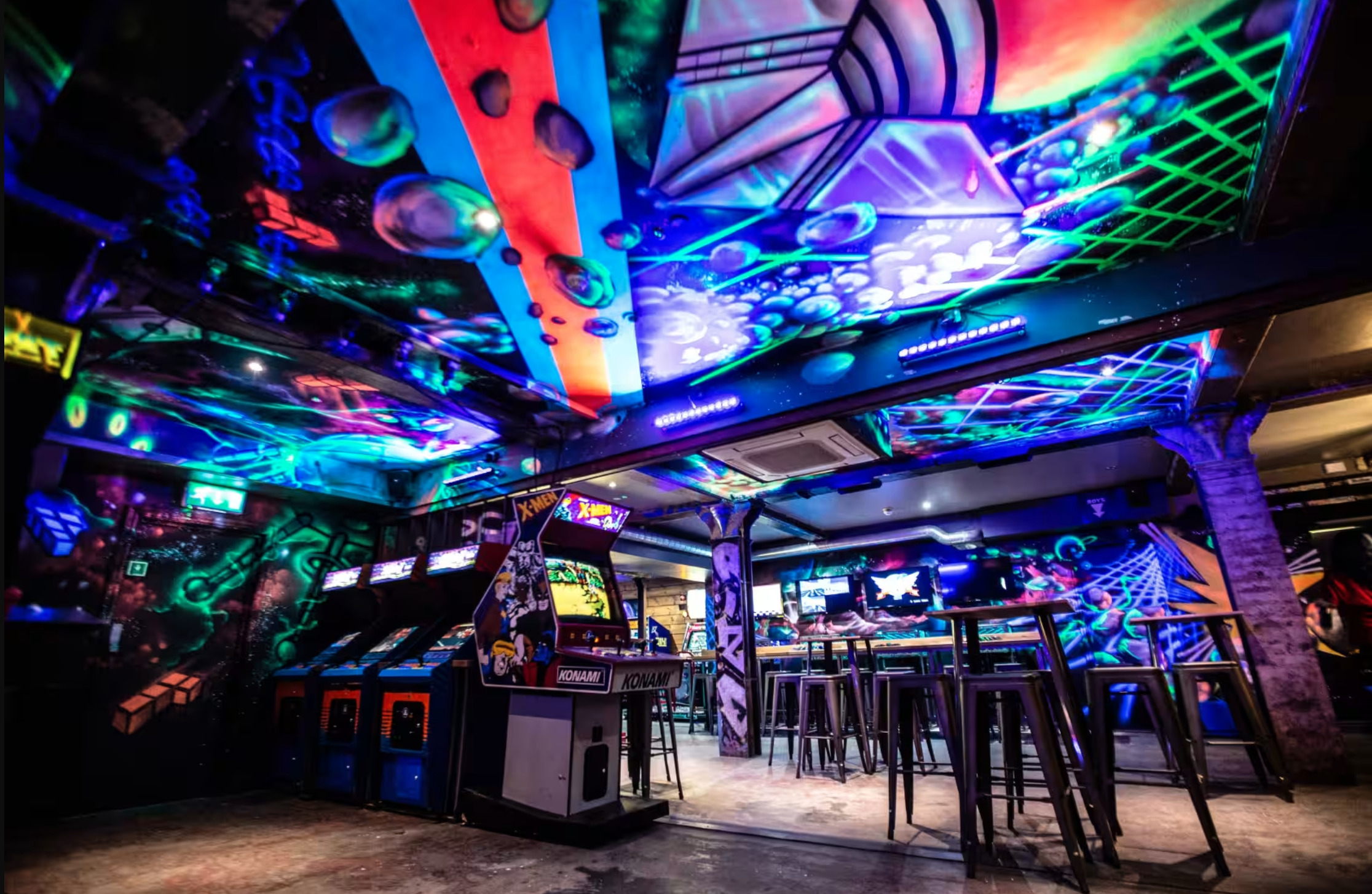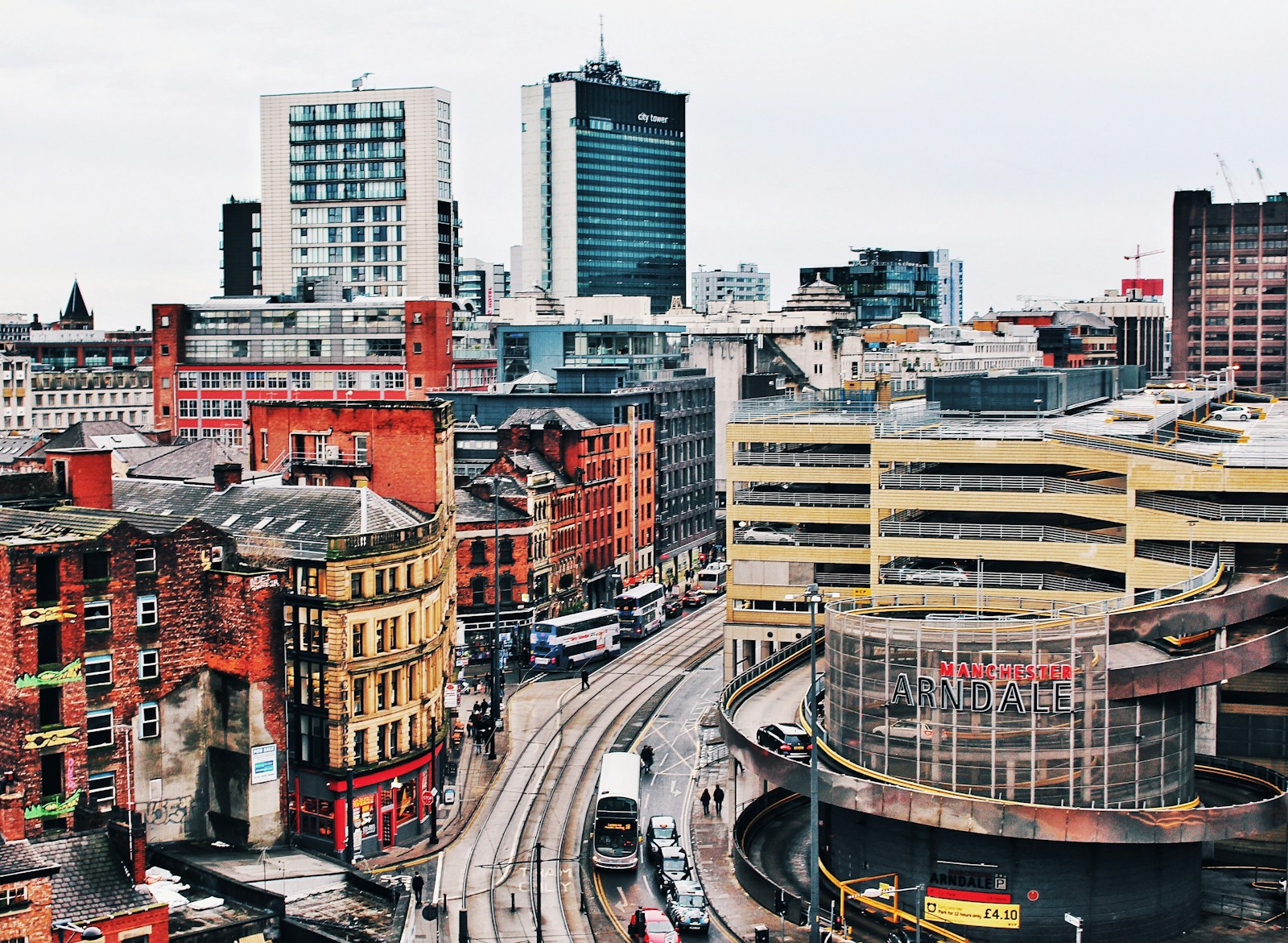As traditional retail continues to decline across many UK towns, there is growing recognition of the need for mixed-use developments that repurpose vacant retail units into alternative, engaging experiences. This transformation is not only crucial for revitalizing town centers but also for creating spaces that cater to evolving consumer preferences. A key driver of this change is the rise of immersive experiences such as location-based entertainment, immersive theatre, and immersive art installations, which can breathe new life into declining retail areas.
The Shift From Retail to Experience-Driven Spaces
Many UK town centres, once reliant on high street retail, are grappling with an increasing number of vacant storefronts due to the rise of e-commerce and shifting consumer behaviour. In response, developers and local authorities are looking at mixed-use projects to introduce new functions to these empty spaces. Cushman & Wakefield highlight the importance of rethinking retail spaces, suggesting that repurposing them for entertainment or cultural use can help drive footfall and increase engagement in town centres.
Colliers International emphasises that immersive experiences – such as interactive art exhibits or themed entertainment venues – are gaining popularity as they offer something unique that cannot be replicated online. These types of experiences can transform former retail units into destinations where people come not only to shop but also to interact, play, and explore.
Immersive Experiences as a Catalyst for Regeneration
One of the most impactful ways to regenerate vacant retail spaces is through the introduction of immersive experiences that draw in visitors from across the region. Location-based entertainment, such as virtual reality centres, escape rooms, and interactive exhibitions, offers engaging, tech-driven experiences that appeal to a wide demographic.
Knight Frank has pointed to the success of combining leisure and entertainment offerings in urban centres as a driver for economic revitalisation. They note that experiences like immersive theatre and art installations have the power to transform not just individual buildings, but entire districts by attracting new audiences and increasing dwell times. When visitors come for an immersive experience, they are more likely to stay longer, explore nearby shops, and dine at local restaurants, driving revenue for surrounding businesses.
Repurposing Vacant Retail Units for Immersive Art and Culture
UK towns can benefit immensely by transforming vacant retail units into spaces for immersive art and cultural installations. These installations are not only visually striking but also interactive, providing visitors with unique experiences that can’t be replicated elsewhere. BNP Paribas Real Estate notes that art and culture play a crucial role in making mixed-use developments more appealing and accessible. These installations can serve as anchor attractions, drawing people into areas that were previously neglected due to retail closures.
For example, pop-up art galleries or interactive exhibits can be placed in former department stores, with artists and performers creating dynamic experiences that appeal to both locals and tourists. Colliers International also emphasises that creating “Instagrammable” moments through immersive art can significantly boost a town’s profile and attract a younger, digitally-savvy audience.
The Economic Impact of Immersive Installations
Introducing immersive experiences has a direct positive impact on local economies. Cushman & Wakefield points out that converting unused retail space into location-based entertainment can stimulate job creation, from construction and renovation jobs to roles in the entertainment and hospitality sectors. Furthermore, mixed-use districts that incorporate entertainment and cultural experiences have higher foot traffic, driving up the demand for complementary services like restaurants, cafés, and boutique retail.
BNP Paribas Real Estate has stressed the importance of ensuring that new developments are not just functional but also culturally significant, creating spaces that resonate with the local community. This approach helps build long-term success, with town centres that become vibrant, multi-use environments where entertainment, culture, and commerce intersect.
Moving Forward: Planning for Success
To successfully implement mixed-use solutions in declining UK towns, collaboration between local governments, developers, and cultural institutions is crucial. Cushman & Wakefield advise that local authorities must play an active role in facilitating planning permissions and offering incentives for developers to repurpose empty retail units for alternative uses.
Moreover, BNP Paribas Real Estate suggests that towns should look to international examples where mixed-use districts anchored by immersive entertainment have revitalized urban spaces. For instance, developments in cities like Berlin and New York, where art, culture, and retail coexist, have shown that it is possible to rejuvenate town centres while maintaining a strong cultural identity.
Conclusion
The future of UK town centres lies in the ability to adapt to changing consumer demands. With traditional retail on the decline, there is a growing opportunity to transform vacant spaces into immersive experiences that foster engagement, culture, and community. By incorporating entertainment, art, and cultural experiences into mixed-use developments, towns can ensure their relevance in the 21st century and create vibrant hubs of activity. Surveyors like Cushman & Wakefield, Colliers International, and BNP Paribas Real Estate all agree that immersive, mixed-use developments are essential to the regeneration of UK towns.
For more information, you can explore these insights:



